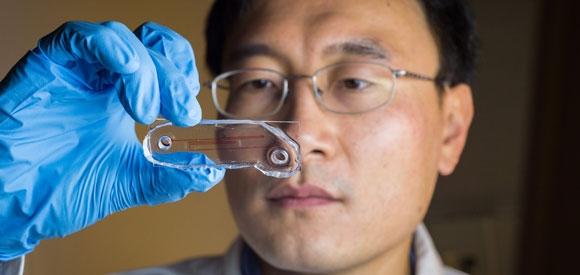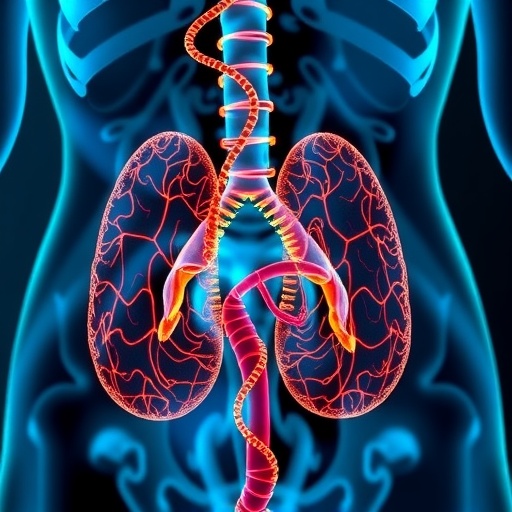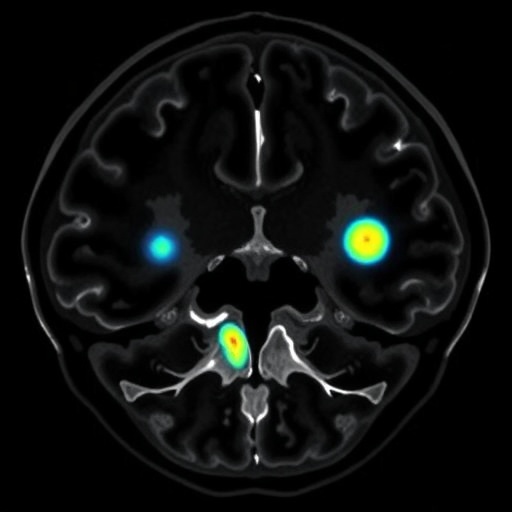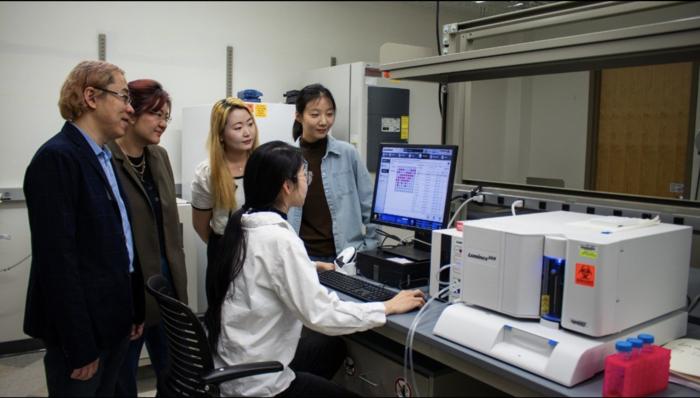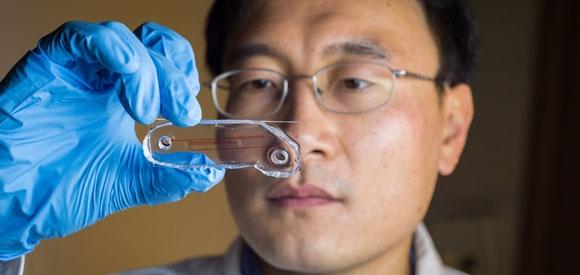
A new UBC-developed method to isolate cancer cells that have escaped from a tumour could soon pave the way for improved diagnosis and treatment.
The simple process involves a special device that squeezes cells in a blood sample through tiny funnels, which drive the cancer cells and blood cells into separate streams based on differences in their size and softness.
“Circulating tumour cells–cells from a tumour that have escaped into the bloodstream with the potential to spread into other tissues–are extremely useful for assessing a patient’s disease in order to select the most appropriate treatment,” said UBC mechanical engineering professor Hongshen Ma, the lead researcher. “These cells are particularly important for prostate cancer, where the site of metastasis is typically in the bone, where biopsies are difficult or impossible.”
Ma’s research focus is microfluidics, the flow of liquids through channels smaller than a human hair. The microfluidic device designed by his team captures cells based on their distinct internal structure–a mechanical analysis instead of the blood chemistry analysis used in conventional medical diagnostic techniques.
The device was first tested using blood samples spiked with cancer cells. It was then used to analyze blood samples from 20 patients with metastatic castration-resistant prostate cancer, an advanced form of cancer, and from four healthy individuals.
“In the first experiment, the device was able to capture more than 90 per cent of the cells,” noted co-author Dr. Kim N. Chi, director of clinical research at the B.C. Cancer Agency and a professor of medicine at UBC. “Importantly, in patient samples the device captured about 25 times the number of cancer cells and produced fewer false positives compared to the conventional CellSearch system, which also analyzes blood samples.”
The team is currently working on genome sequencing of individual circulating tumour cells from patients at the Vancouver Prostate Centre. This would allow researchers to determine the mutations responsible for metastasis so that doctors can select the most appropriate treatment.
###
“Continuous Flow Deformability-Based Separation of Circulating Tumor Cells Using Microfluidic Ratchets” was published Feb. 24, 2016 in the journal Small. Click here to download a copy.
Media Contact
Lou Bosshart
[email protected]
604-999-0473
@UBCnews
http://www.ubc.ca
The post New device developed at UBC could improve cancer detection appeared first on Scienmag.


